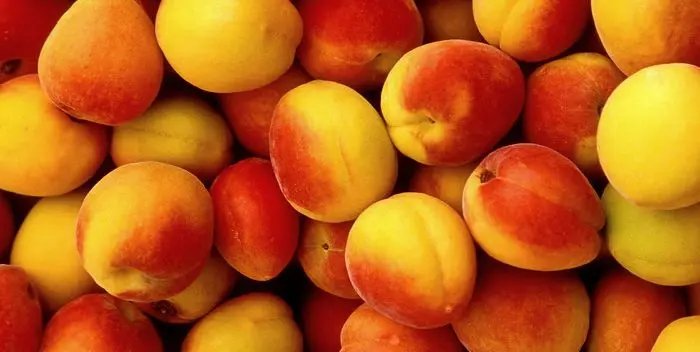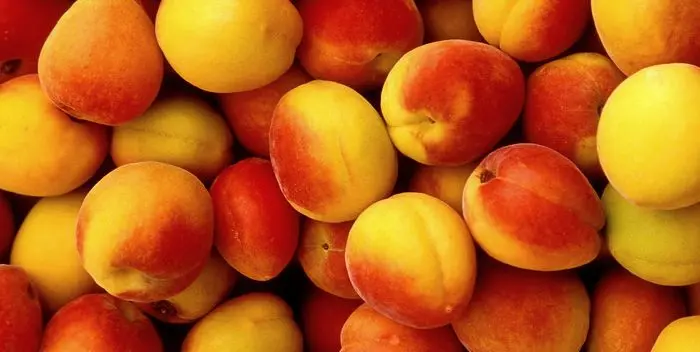
How to choose the right apricot?

There are quite a few varieties of apricots, but visually they differ little. Differences may be in the size or intensity of the skin tone, but a ripe apricot is always an orange fruit with a uniform color and characteristic shape.
The color of the apricot can be:
- completely orange;
- completely yellow;
- orange or yellow with reddish patches.
Skin tone does not affect the taste of these fruits. A ripe apricot should have a fleshy consistency, smooth and thin skin. There should be no wrinkles or depressions on it. On rare occasions, you can see apricot varieties with a yellowish-green skin on the shelves. Such fruits will be ripe, but before buying them, you need to clarify the information from the seller about the nuances of the variety of these apricots.
How to choose apricots
When choosing apricots, a careful visual assessment of the fruit must be done. They must be dry, brightly colored and free from rotting or disease. In addition, the aroma of the fruit and the density of its fruit must be evaluated.
What apricots can you buy:
- ripe apricot has an even color without any spots or dots (reddish or yellowish areas are allowed);
- the ripeness of the apricot can be judged by the presence of a characteristic aroma, which is palpable even through the skin;
- the surface of the apricot must be absolutely dry without the slightest signs of moisture;
- the brighter the color of the apricot, the higher the level of its ripeness (the exception is too bright fruits, in this case, the use of dyes or excessive amounts of chemicals is not excluded);
- when pressing on the skin, the apricot should not deform, its surface should have sufficient elasticity;
- the surface of the apricot must be free of cracks and mechanical damage (such signs are distinguished by overripe fruits, apricots that have been stored or transported incorrectly, and damage will shorten the shelf life and accelerate the decay process);
- the surface of the apricot can be smooth or velvety (this nuance does not affect the ripeness of the fruit, and the variety plays a key role);
- in a ripe apricot, the stone is separated from the pulp, remaining smooth;
- the aroma of a ripe apricot should be sweet without foreign odors.
What apricots are not worth buying:
- brown spots and dents on the apricot indicate rotting of the fruit (depressions indicate the beginning of rotting inside the fruit, and spots indicate their final unsuitability for food);
- green spots indicate the immaturity of the apricot (at home, fruits may ripen, but their taste will be somewhat disturbed, and the amount of juice will decrease);
- too hard apricot will be unripe, and soft – overripe fruit;
- apricots with numerous cracks, scratches or traces of damage by rodents are not worth buying (such fruits will deteriorate quickly, and harmful substances accidentally caught in the pulp can harm health and digestion);
- It is not recommended to buy crushed apricots (such fruits will not only have a violation of the taste characteristics, but also completely lack useful properties);
- if wrinkles appear on the surface of the apricot, then this nuance indicates too long and, most likely, improper storage (the pulp of such a fruit will not be juicy);
- the stone of an unripe apricot is hardly separated from the pulp;
- if there are extraneous odors in the aroma of apricot (mold, dampness, grass), then you should not buy them (such fruits were either stored incorrectly or began to deteriorate).
If after buying apricots it turned out that some of the fruits are not ripe, then they can be eaten in the form of compote. These fruits can be used for baking. They are not suitable for jam, because unripe fruits most often cause the appearance of premature mold, and they are ideal for conservation.









